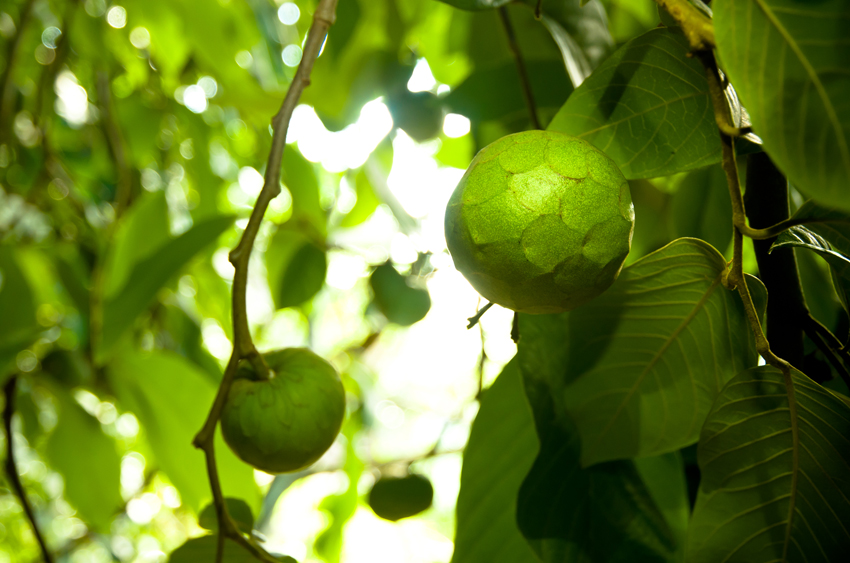the food forest at Mahi Whenua
The Sanctuary Mahi Whenua has the first multi-layered food forest established in Auckland and is one of the oldest in New Zealand. The first trees were planted in 1999. It is now a well-established forest; a thriving, highly productive, edible ecosystem for humans and many animals all year round. It is a place to protect if Auckland wants to address the current lack of trees.
Any forest in an urban area should be protected and valued as improvements are made to ensure the liveability of our cities (NZ Herald article July 2017). In the Auckland isthmus urban forests (with trees >8 m) cover only 6% of the land area are left, out of which at least half stand on private land (NZ Herald article June 2015).
Why a food forest?
We are all familiar with our surrounding forests. They are lush environments, dominated by trees but with all sorts of plants filling every possible space in between. Forests are multi-layered (usually 7 layers) with very high trees (canopy), medium-height trees (sub-canopy), shrubs, herbs, ground covers, climbing vines using tree trunks as support and an underground layer (the root system). Forests are places full of life, providing a richness of biodiversity and do not need humans to thrive.
If we follow permaculture principles and get inspired by this natural, efficient ecosystem, there is only one step to do. Let’s imagine that we could purposely design and grow a forest with, mostly, edible plants. You obtain a highly efficient, highly productive, sustainable way of growing food. That is exactly what a food forest is. Food forests are far from new and have been used for thousands of year in tropical areas. They are probably the world's oldest form of land use and most resilient agroecosystem.
A food forest creates a habitat for local wildlife, pest control, pollination, therefore providing healthy food for humans and also providing wildlife viewing opportunities.
Food forests can also provide other products than food such as fibres, wood for heating, materials for trellis, and help reduce water usage.
In the Sanctuary Mahi Whenua food forest
120 different tree species are currently growing in the Sanctuary Mahi Whenua food forest with many different varieties of citrus, banana, apple, plum, guava, feijoa, etc., intermixed with edible plants growing on a lower levels (Article in the NZ Life Style Block magazine). It also contains New Zealand native trees, with some being on the Department of Conservation protection list. The Sanctuary Mahi Whenua forest complements the arboretum collection from the Unitec campus.
Like the rest of the Sanctuary Gardens it is rich in biodiversity and contributes to the health and sustainability of the whole surrounding ecosystem. The plant species have been chosen so that that flowering occurs at different times of the year and provide food all year round for bees, birds and insects. It acts as a water and carbon sink, and provides brown matter material for composting
Inga bean tree (Inga edulis)
Ice cream bean - comes from Brazil’s Amazon region. It is an attractive evergreen tree that produces pods containing large beans surrounded with a sweet, white, edible pulp, which is said to taste like ice-cream. Like other legumes, it fixes nitrogen from the air for plant growth.
Casimiroa (Casimiroa edulis)
White sapote – is a large evergreen tree with palmate leaves that originates from Mexico. It produces round, pale greenish fruit about the size of a large apple, with sweet flesh surrounding a number of seeds that look like very big orange pips. It is in the same family as citrus – but the flesh is soft and creamy, not at all like citrus flesh. It is reputed to have a soporific effect.
Cherimoya (Annona cherimola)
Custard apple – An evergreen tree from Central to South America producing a fruit that Mark Twain said was “the most delicious fruit known to men” – (he did not live in feminist times. I expect that women would find it just as delicious). The fruit has shiny black seeds embedded in sweet white flesh.
Kei apple tree (Dovyalis caffra)
The 16-year-old, that flowered for the 1st time last year (2016) fruited again in 2017. This species is native to the Kei River area of southwest Africa. Kei apples have long, strong thorns, and when they are grown as a hedge they make a great security fence. The ripe fruit are sweet and juicy whereas the skin is somewhat tart.
Poroporo plant (Solanum aviculare)
A young specimen, Poroporo is native to New Zealand and eastern Australia, and is naturalised in eastern Europe, China and Russia. In New Zealand its conservation status is "At Risk - Declining". The immature fruit are poisonous. The leafy shoots and fruits of this species yield important steroid precursors (solasodine).
Queensland plum (Davidsonia pruriens)
Botanically, this is not a true plum, it belongs to the family of Cunoniaceae while true plums are Rosaceae. Queensland plum is an unusual tree in that the fruit forms in clusters on stalks on the trunks. It is a medium-sized rainforest tree of northern Queensland, and some are cultivated for its sour fruit which is used to make jam, sauces, cordial and wine. The fruit is high in antioxidant activity.
Cleverly using resources from the food forest: building a Hügelkultur
Hügelkultur is nothing more than making a raised bed filled with wood, therefore providing organic material, nutrients, air pockets for the roots of what you plant in it. We made one at the Sanctuary Mahi Whenua in October 2016, to read more visit our blog post here.
Useful links
Riverton Food Forest: An excellent example, and probably the oldest food forest in New Zealand. It has more than 400 varieties of Heritage apple trees. It has been featured both nationally and internationally.
Waihi Food Forest: Article in the NZ Life Style Block magazine
Food Forest NZ: their purpose is to educate and to support those who want to learn more about food forests.







